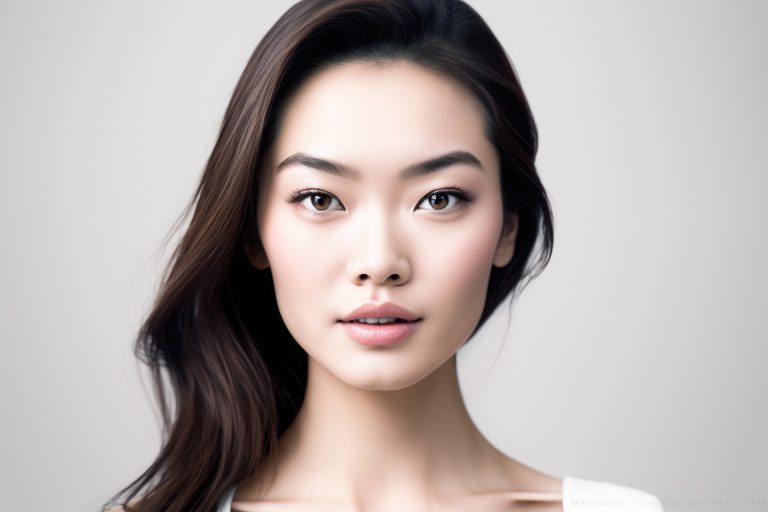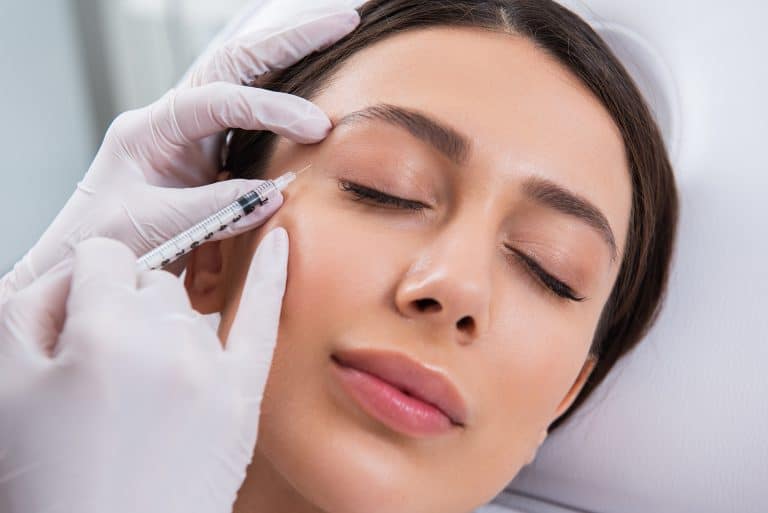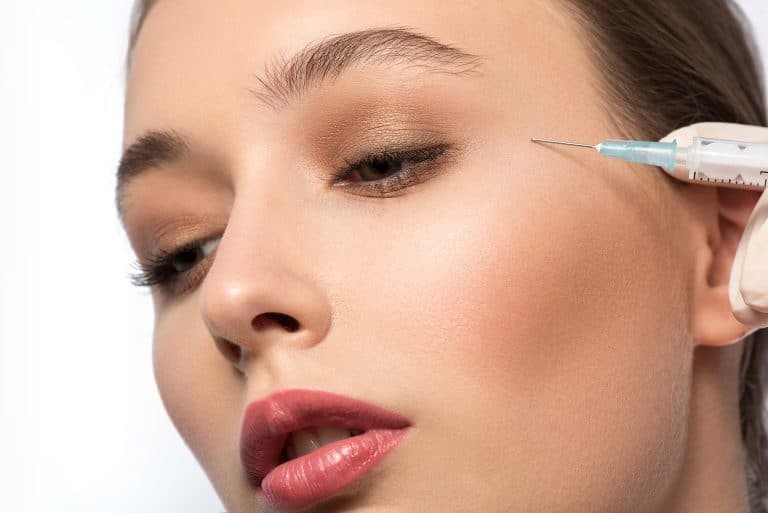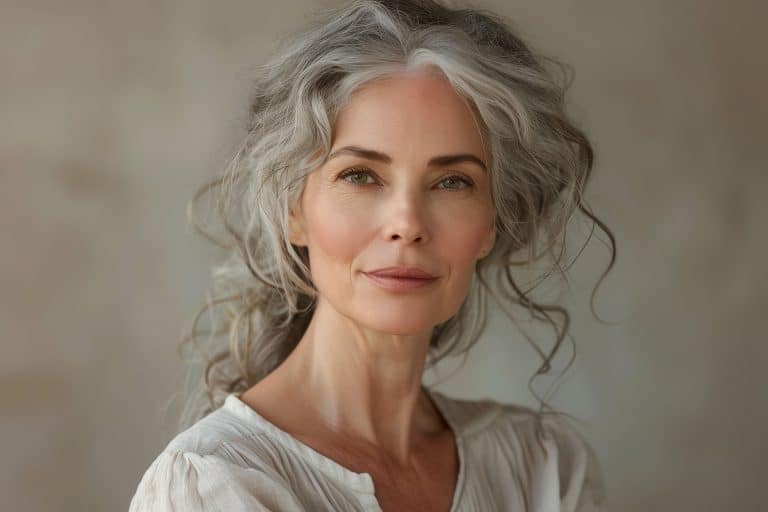The Science of Age Perception: Why Facelifts Aren’t Just for Wrinkles
According to a recent article published in Frontiers in Psychology, “age perception” is a measurable quantity that changes as we grow older. This study examined how people aged between 10 and 89 years responded to various questions about how old people looked. Their results were interesting, and probably not surprising to most of us: we tend to feel that we look younger than we are ourselves, while we believe most other people look older. A few findings from this study include:
- The older we are, the later we believe life transitions occur. The study showed that younger people believe “middle age” and “old age” began at much younger ages than older respondents. Furthermore, the older the respondent was, the older they believed these transitions to be. Someone who was 16 might say that middle age began at 30, while a 70-year-old might put it at 45.
- The age to which we hope to live increases dramatically after 40. Younger people do not tend to think much about how long they will live; people over 40 suddenly begin to consider this important question.
- Older people typically feel younger than their current age. Most older people reported feeling an average of at least 10 years younger than their current age.
All of this data is very interesting, and points to an important question: is the boom in cosmetic surgery just something that is based on vanity, or is there a deeper psychological reason people are drawn to it? Could it be that we are trying to make our faces appear to match our inner perceptions of our own age?
How Other People See Your Face
Another important consideration in this question is how other people see faces that have begun to show wrinkles or signs of aging. Typically, the younger a person is, the more likely he or she is to overestimate an older person’s age. Further, there are certain features that are associated with youthfulness and can be targeted for repair to re-establish a more youthful look. The most common features associated with youthfulness are:
- Increased facial contrast. One study noted that the increase in contrast between facial features and surrounding skin is a key indicator of youthfulness to observers. Those who have high facial contrast are perceived as healthier and more youthful than those with low facial contrast.
- Prominent cheekbones. While not all ethnic groups have high cheekbones, in those that do, this is often an unspoken sign of youth and strength. This may be because sharp contrast with the cheekbones being prominent speaks to tight skin and a healthy facial tone.
- Full face with volume. Having a full face with plenty of supporting muscle and fat is clearly a sign of youth for most people. Aging tends to take away the volume from our skin and muscle, leaving us with drooping, sagging skin. Our eyes immediately notice if someone has a full, smooth face that speaks to good underlying structure, and tells us that this person is probably young.
- Firm neckline. The neckline is one area that is often ignored when we are young but becomes very obvious and prominent when we are older. Sagging skin and loose muscle tone are very obvious in the neck, leading to a rapid appearance of aging.
- Smooth, clear skin. Having smooth, clear skin at any age is always a bonus, but when we are discussing the look of youth, it is critical. Aging tends to line our skin, producing a rough-looking, sagging appearance. By making our skin smooth and soft, we automatically lower our perceived age.
- Full lips. Fuller lips are associated with a healthy face. Thin lips that droop are associated with age. By making lips fuller and plumper, we can help ourselves look more youthful and healthier.
Of course, all of these features occur more naturally when we are actually younger. What can we do as we age to change the way we look and, hence, others’ perception of our age? One way is through a facelift.
How Does A Facelift Make Me Look Younger?
Facelift surgery can address more than just wrinkles. Because facelifts can focus on contouring and restoring facial proportions, you can achieve a naturally younger appearance very quickly, and one that will last for up to ten years.
Facelifts are more than just tightening sagging skin. Although each procedure is unique and tailored to the needs of the individual, the typical facelift consists of removing excess facial fat, tightening facial muscles, then redraping the facial skin to give a firmer appearance. During this procedure, the surgeon can address issues such as the placement of underlying fatty tissue, which can affect cheeks and lips; the contour of facial muscles, which can result in a smoother appearance; and the texture of the facial skin, by taking up excess skin and tightening the entire facial derma.
Ultimately, with the help of an experienced plastic surgeon, you can remove years from your face with a proper facelift procedure. More than any other procedure, facelifts have the power to match your outward appearance to your inward “age,” making you look more youthful and healthier. Of course, you must also manage your expectations; facelifts are not a quick fix for aging, and after surgery you must take proper care of your skin and face to slow down the effects of aging in the future. However, with proper skin care, diet and exercise, you can enjoy the benefits of your facelift for years to come!
At The Aesthetic Center, we have one goal: to provide you with world-class cosmetic surgical results to meet your specific needs. Our team will take the time to talk with you about your goals and expectations, and create a surgical plan that works for you. We will walk you through every step of the procedure so that you know exactly what to expect. Give us a call today to schedule a consultation so that you can start enjoying the outcome of a successful facelift!







